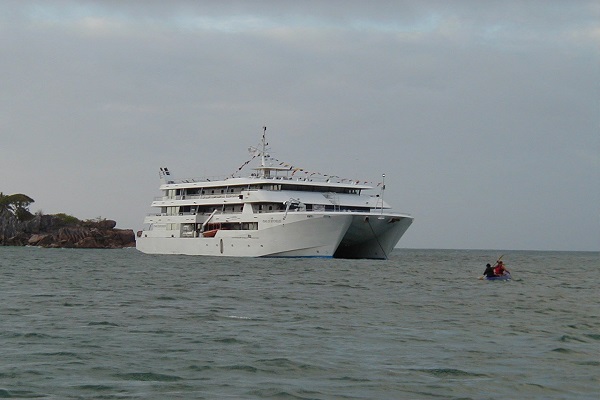The basis for ship safety regulation is the SOLAS requirement implemented by IMO. The issue of maritime safety has been the focus of discussion at the IMO for many years. The SOLAR Convention deals with a broad range of measures to improve the safety standards in a vessel. This includes fire protection, stability, standard for vessel design and construction, navigation, life-saving equipments, communication facilities, safety management and certification. According to the SOLAS amendments passed in 1992, there has to be proper fire safety measures on every passenger vessel. Therefore, in order abide by the amendments, the new and existing vessels are required to upgrade fire life-saving equipments and fire protection, smoke-detectors, automatic sprinklers and install low-level lights. The cruise vessels for sale usually have all these safety measures.
Items to Inspect on a Boat
Almost every purchase of a ship starts with an initial inspection. The companies that put cruise ships or vessels for sale usually recommend an initial inspection that is to be performed in order to provide the basis of a purchase offer. Things to be looked for in the inspection phase:
In the initial stage, general items are checked first. The purchaser may not be allowed to open the tanks, operate the machinery, or execute any persistent inspection. The evaluation and inspection will only be restricted to what is seen on the surface.
Check for the up-to-date certificates for operations, taxes and registration documents, any penalties or tax dues. It is also to be verified if the engine room bilge is clean.
Any issues with boat leakage is to be noted. A few mugs of water in 2 hours are considerable, but 1/2 a gallon or more than that is a matter of concern.
The hull is to be inspected for gelcoat cracks. If the area surrounding the cracks is supple, it indicates that the boat is not in very good condition.
The ship can be rigged once just to make sure that all parts are present.
Survey and Sea Trials
Agreeable survey and sea trial is an important aspect to negotiate the contract. The purchaser will be responsible to bear any expense associated with the surveyor and any hauling. Any suspicious item or unusual concern may be brought into account. The surveyor usually acts as the agent, open the tanks on the vessel, examine and test the machineries, inspect the engineering and repairing records and also verify all the past dry docking records.
The steel in the ship required to be audio-gauged either in the water or during the time of dry docking. This helps in determining the wastage from the time of construction. Wastage and corrosion is a very common problem observed in steel boats. Therefore, this step is very significant and should not be neglected.
Once the survey is finished, the surveyor will make a report where the current status of the vessel will be written. The whole survey process is conducted in the water. If the report shows satisfactory results, then the ship is further moved to the dry dock for further assessment.


